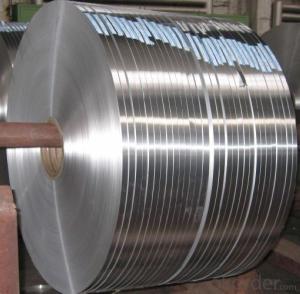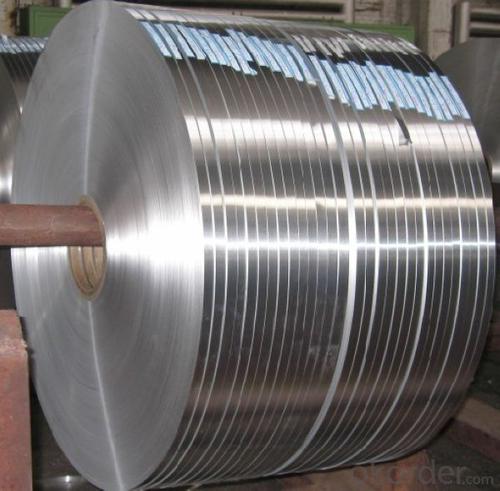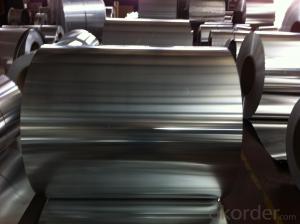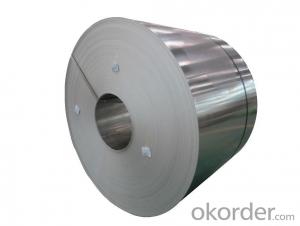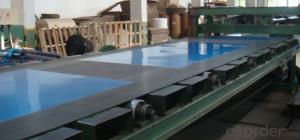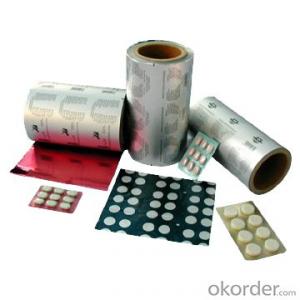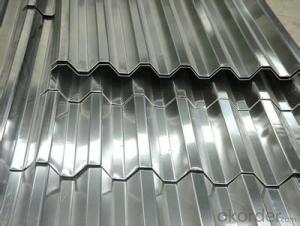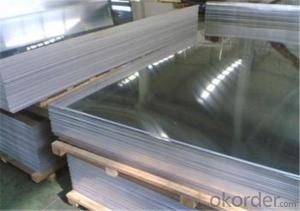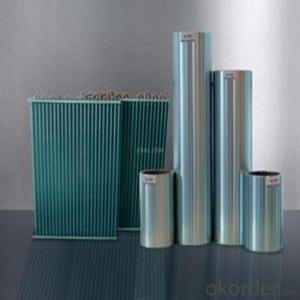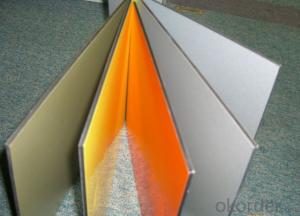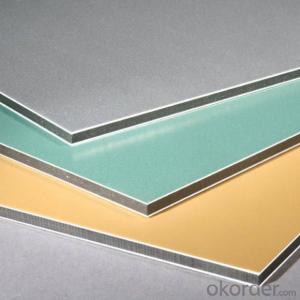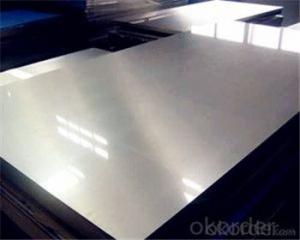High Quality Aluminum Sheets for Power Cable - Los Angeles Bright Surface
- Loading Port:
- Shanghai
- Payment Terms:
- TT OR LC
- Min Order Qty:
- 2.5
- Supply Capability:
- 5000 m.t./month
OKorder Service Pledge
OKorder Financial Service
You Might Also Like
Specification
High quality Aluminum Strips used for Power Cable Bright Surface
l Product Introduction
The Aluminum Strip is mainly used for refrigerator, cable ,capacitor shell material, steal-protection cover, cable sheathing, composite pipe and tube, water pipe etc. It has the property of deep drawing, high thickness accuracy, and low earring rate, etc.
l Product Details
| Alloy | 1050/1060/2024/3003/5083/5754/6011/6065/8011 |
| Length | Can be customized as the customer's requirements |
| Width | 20mm-2000mm |
| Thickness | 0.01mm-4.0mm |
| Packing | 1) Iron Pallets with waterproof paper and steel strip. 2) Wooden Pallets with waterproof paper and steel strip. 3)According to customer 's detailed requirements. |
| delivery | 20 to 45 days |
| payment | L/C or T/T |
l Packaging & Delivery
Packaging detail: Covering with brown paper and plastic bag then packed with wooden plywood then directly loading into container for transshipment. For the thickness which is more than 1.50mm, one paper interleave into two sheets.
Delivery detail: within 30days
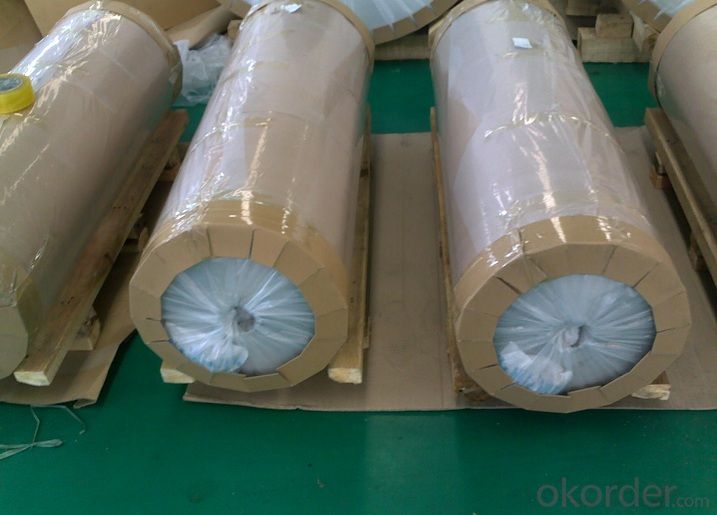
l Company Profile
CNBM International Corporation, China National Building Materials (Group) Corporation, is one of the largest companies in China building material & equipment industry, with 42,800 employees and sales in 2005 of US Dollar 4.395 billion. In 2006, China National Building Material Company Limited was listed on Hong Kong Stock Market with the stock code as 3323.
Aluminium Strip has always been one of the most popular products in CNBM. With advanced technic skills and equipment, CNBM has produced high quality aluminium strips that meet international standard.
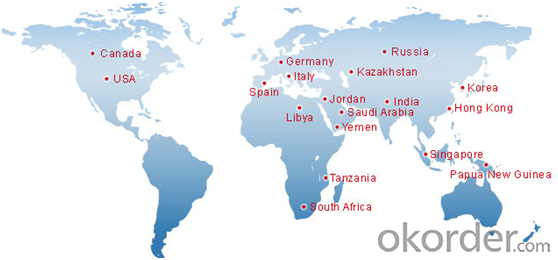
l Product Images
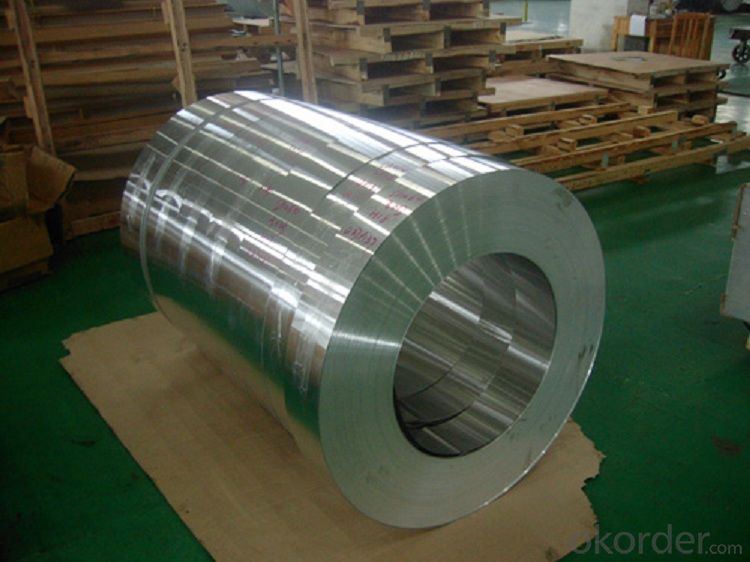
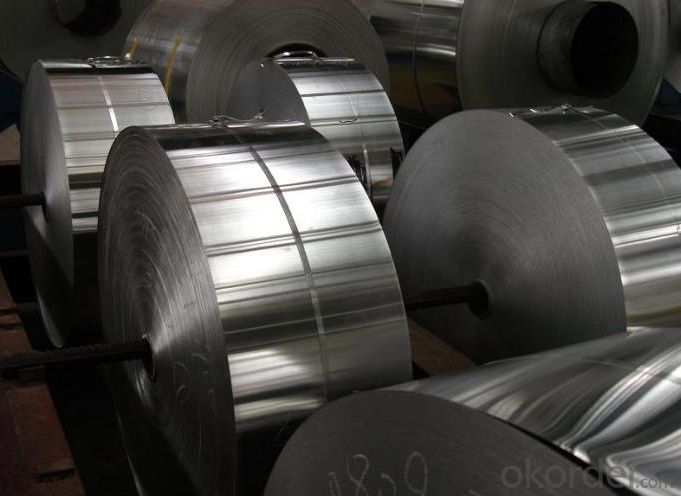
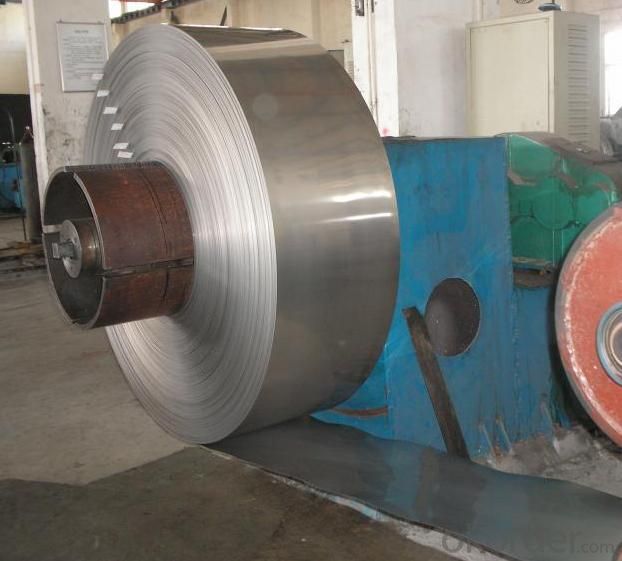
l Certificates
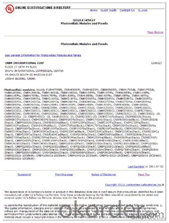
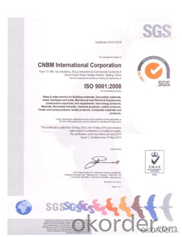
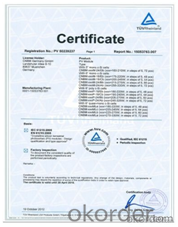
l FAQ
Q: Do you provide free samples?
A: Yes, free samples will be sent to you on freight at destination.
Q: Can I get your latest products catalogue?
A: Yes, it will be sent to you in no time.
Q: What is the MOQ?
A: 2.5 tons
Q: What are your payment terms?
A: We accept L/C, T/T.
- Q: I am doing a report on machining aluminum and characteristics of aluminum and can not find what the 6061 stock stands for. Looked all over library, internet, etc.
- Death Cab For Cutie's What Sarah Said: And It Came To Me Then That Every Plan Is A Tiny Prayer To Father Time As I Stared At My Shoes In The Icu That Reeked Of Piss And 409 And I Rationed My Breathes As I Said To Myself That I'd Already Taken Too Much Today As Each Descending Peak Of The Lcd Took You A Little Farther Away From Me Away From Me Amongst The Vending Machines And Year-old Magazines In A Place Where We Only Say Goodbye It Stung Like A Violent Wind That Our Memories Depend On A Faulty Camera In Our Minds But I Knew That You Were A Truth I Would Rather Lose Than To Have Never Lain Beside At All And I Looked Around At All The Eyes On The Ground As The Tv Entertained Itself 'cause There's No Comfort In The Waiting Room Just Nervous Pacers Bracing For Bad News And Then The Nurse Comes Round And Everyone Will Lift Their Heads But I'm Thinking Of What Sarah Said That love Is Watching Someone Die
- Q: What are the different methods of joining aluminum sheets?
- Aluminum sheets can be joined using a variety of methods, each with its own benefits and suitability for specific applications. These methods include: 1. Welding: Tungsten Inert Gas (TIG) welding, Metal Inert Gas (MIG) welding, and Resistance Spot Welding (RSW) are all techniques that can be used to join aluminum sheets. TIG welding is commonly chosen for thin sheets due to its precise control and high-quality results. MIG welding, on the other hand, is faster and more suitable for thicker sheets. RSW creates strong welds in a short amount of time by using localized heat and pressure. 2. Adhesive bonding: Adhesive bonding involves using specially designed adhesives for joining aluminum. This method provides excellent strength, even distribution of stress, and corrosion resistance. It is often utilized in applications where aesthetics and weight reduction are important, such as in the automotive and aerospace industries. 3. Mechanical fastening: Mechanical fastening methods, such as riveting and bolting, can also be used to join aluminum sheets. Riveting involves deforming a rivet that passes through pre-drilled holes, while bolting uses screws or bolts. These methods are suitable for temporary or semi-permanent joints and offer easy disassembly if needed. 4. Friction stir welding: Friction stir welding is an innovative method that utilizes a rotating tool to generate frictional heat between the aluminum sheets. This creates a plasticized region that is stirred together to form a solid-state weld. Friction stir welding is particularly useful for large and complex aluminum structures, providing high strength and integrity. 5. Clinching: Clinching is a cold-forming process that joins aluminum sheets without the need for heat or additional materials. It involves pressing the sheets together, creating a mechanical interlock and a strong joint. This method is cost-effective, efficient, and suitable for joining dissimilar metals. 6. Laser welding: Laser welding involves using a high-energy laser beam to melt and fuse the aluminum sheets together. It offers precise control, minimal heat input, and high welding speeds, making it suitable for thin and delicate sheets. Laser welding also provides excellent aesthetics and minimal distortion. The choice of joining method depends on various factors, such as application requirements, material thickness, cost considerations, and desired joint strength. Each method has its own advantages and limitations, and selecting the most appropriate method is crucial to ensure a successful and durable joint.
- Q: Explain the distinctions between aluminum sheets and aluminum foil in terms of thickness, uses, and properties.
- <p>Aluminum sheets and aluminum foil are both made from aluminum but differ in thickness and applications. Aluminum sheets are thicker and more rigid, typically used for construction, manufacturing, and as a packaging material. They offer better strength and durability. Aluminum foil, on the other hand, is very thin and flexible, commonly used for food packaging, cooking, and insulation. It's lightweight and has excellent heat and light reflection properties. Aluminum sheets are often anodized or coated for additional properties, while foil is valued for its purity and malleability.</p>
- Q: Where is the difference between the 5052 aluminum plate and the 1060 Aluminum plate?
- Ingredients:5052 alloy aluminum (aluminum magnesium alloy, aluminum content of about 95%, magnesium content of about 4%, as well as some other trace metal elements)1060 is pure aluminum (aluminum containing 99.6%, margin for other metal elements)Physical property:Similarly, the two kinds of aluminum, 5052 to 1060 higher in hardness, elongation, tensile strength and so on are not the same. What are the specific states (H14, H32, H24, O, etc.)?Prices are usually 5052 above 1060. How much specific higher, according to different manufacturers and production processes vary.
- Q: Explain the pros and cons of utilizing aluminum sheets in the construction of car body panels.
- <p>Aluminum sheets offer several advantages for car body panels, such as reduced weight, which can improve fuel efficiency and handling. They also have high resistance to corrosion, enhancing the vehicle's durability. Additionally, aluminum is easier to recycle, contributing to environmental sustainability. However, there are downsides, including higher cost compared to steel, which can affect the vehicle's price. Aluminum is also less malleable, making it more challenging to repair after accidents, potentially leading to higher repair costs. Furthermore, aluminum's lower strength compared to steel can necessitate thicker panels to achieve the same structural integrity, which may offset some of the weight savings.</p>
- Q: Are aluminum sheets suitable for food-grade applications?
- Indeed, food-grade applications can utilize aluminum sheets. Due to its exceptional attributes, aluminum is extensively employed in the food industry. It is known for being non-toxic, resistant to corrosion, and possessing a high level of thermal conductivity. Consequently, it proves to be a fitting option for both food processing and packaging. Not only can aluminum sheets be utilized in the creation of food-grade containers, trays, and packaging materials, but they are also commonly employed in cooking utensils. For instance, baking sheets and foil made from aluminum are safe to use when in direct contact with food. Moreover, aluminum sheets are easily cleaned and sanitized, thereby making them a hygienic choice for food-grade applications.
- Q: Can aluminum sheets be used for wall cladding?
- Yes, aluminum sheets can be used for wall cladding. Aluminum is a popular choice for cladding materials due to its lightweight nature, durability, and corrosion resistance. It is commonly used in commercial and residential buildings for wall cladding as it provides an attractive and modern aesthetic to the exterior of a structure. Aluminum sheets can be easily formed and fabricated into various shapes and sizes, allowing for flexibility in design. Additionally, aluminum cladding is low maintenance, requiring minimal cleaning and upkeep. Overall, aluminum sheets are a versatile and practical choice for wall cladding.
- Q: Can aluminum sheets be anodized for improved hardness?
- Yes, aluminum sheets can be anodized to improve their hardness. Anodizing is an electrochemical process that forms a protective oxide layer on the surface of aluminum. This oxide layer not only enhances the sheet's corrosion resistance but also increases its hardness, making it more resistant to wear and abrasion. By controlling the anodizing conditions, such as the type of electrolyte, voltage, and duration, the thickness of the oxide layer and consequently, the hardness of the aluminum sheet can be precisely adjusted. Anodized aluminum sheets find applications in various industries, including automotive, aerospace, construction, and electronics, where a combination of improved hardness and corrosion resistance is required.
- Q: This question asks about the various types of adhesives that can be used to bond aluminum sheets together.
- <p>There are several types of adhesives suitable for bonding aluminum sheets together, including epoxy adhesives, which offer strong bonding and resistance to heat and chemicals; acrylic adhesives, known for their flexibility and resistance to UV light; cyanoacrylate adhesives, or super glues, which provide fast bonding but may not be as strong for heavy-duty applications; polyurethane adhesives, which are durable and flexible; and silicone adhesives, which are excellent for high-temperature applications and provide water resistance. Each type has its own advantages and is chosen based on the specific requirements of the bonding task, such as strength, flexibility, temperature resistance, and curing time.</p>
- Q: There are about 200 holes on the aluminum plate to be machined. There are 100 M12 thread holes, and the rest are 15MM through holes. The tolerance is +0.02. Seeking detailed processing technology, is the first hole or first processing plane, how to control the amount of deformation of the plate, if the milling process can not guarantee flatness, on the grinder, then the 2 surfaces to stay 2MM margin? Are there any 15MM through holes that can be used to maintain tolerances, or do they need to be boring?. Great God advice, the best detail. Aluminum so much done before, no experience, if it does it scrapped.
- Such a large plate flatness 0.1 you don't need it, basically do not, we used 1000*700 processing board, directly buy imported aluminum plate, ensure the factory within 0.05, leveling back after processing to find professional leveling company OK, I was also called grinding waste, the deformation of grinding plate will be great, so there is no need to consider
Send your message to us
High Quality Aluminum Sheets for Power Cable - Los Angeles Bright Surface
- Loading Port:
- Shanghai
- Payment Terms:
- TT OR LC
- Min Order Qty:
- 2.5
- Supply Capability:
- 5000 m.t./month
OKorder Service Pledge
OKorder Financial Service
Similar products
Hot products
Hot Searches
Related keywords
